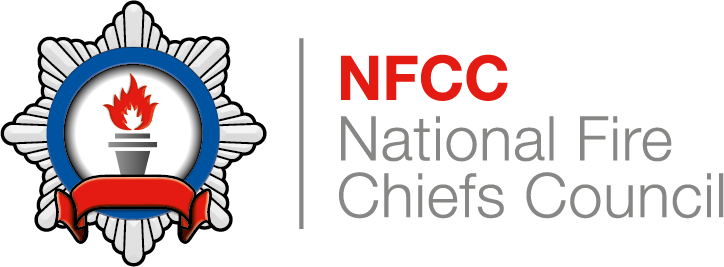Prevention Committee Overview
Chair of the Prevention Committee:
Chris Kirby
Chief Fire Officer, South Yorkshire Fire and Rescue Service
NFCC Prevention Committee will work within its remit to:
- Support, develop and deliver the NFCC’s Annual Plan and its agreed priorities and deliverables;
- Give direction and work as subject matter experts to support the NFCC Prevention Hub
- Advocate the work of prevention on behalf of the fire and rescue sector;
- Engage, collaborate and influence key stakeholders and/or partners;
- Share good practice, evaluation and learning across fire and rescue services and relevant stakeholders and partners to encourage the take up of new and innovative schemes which deliver positive outcomes for in the community.
Work Streams
- Arson and Anti-Social Behaviour
- Children and Young People
- Home Safety
- Mental Health
- Road Safety
- Safeguarding
- Volunteering
- Water Safety
